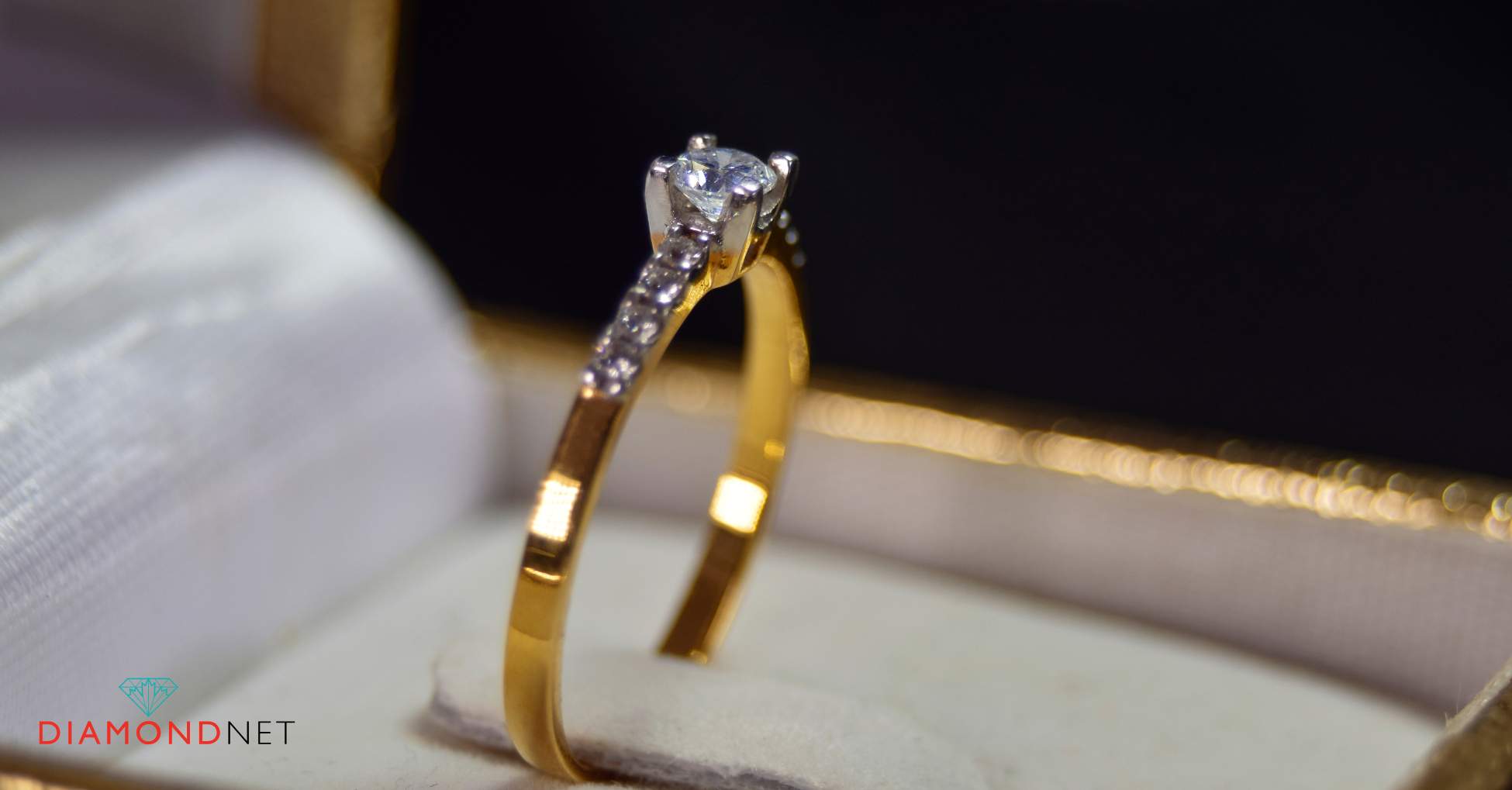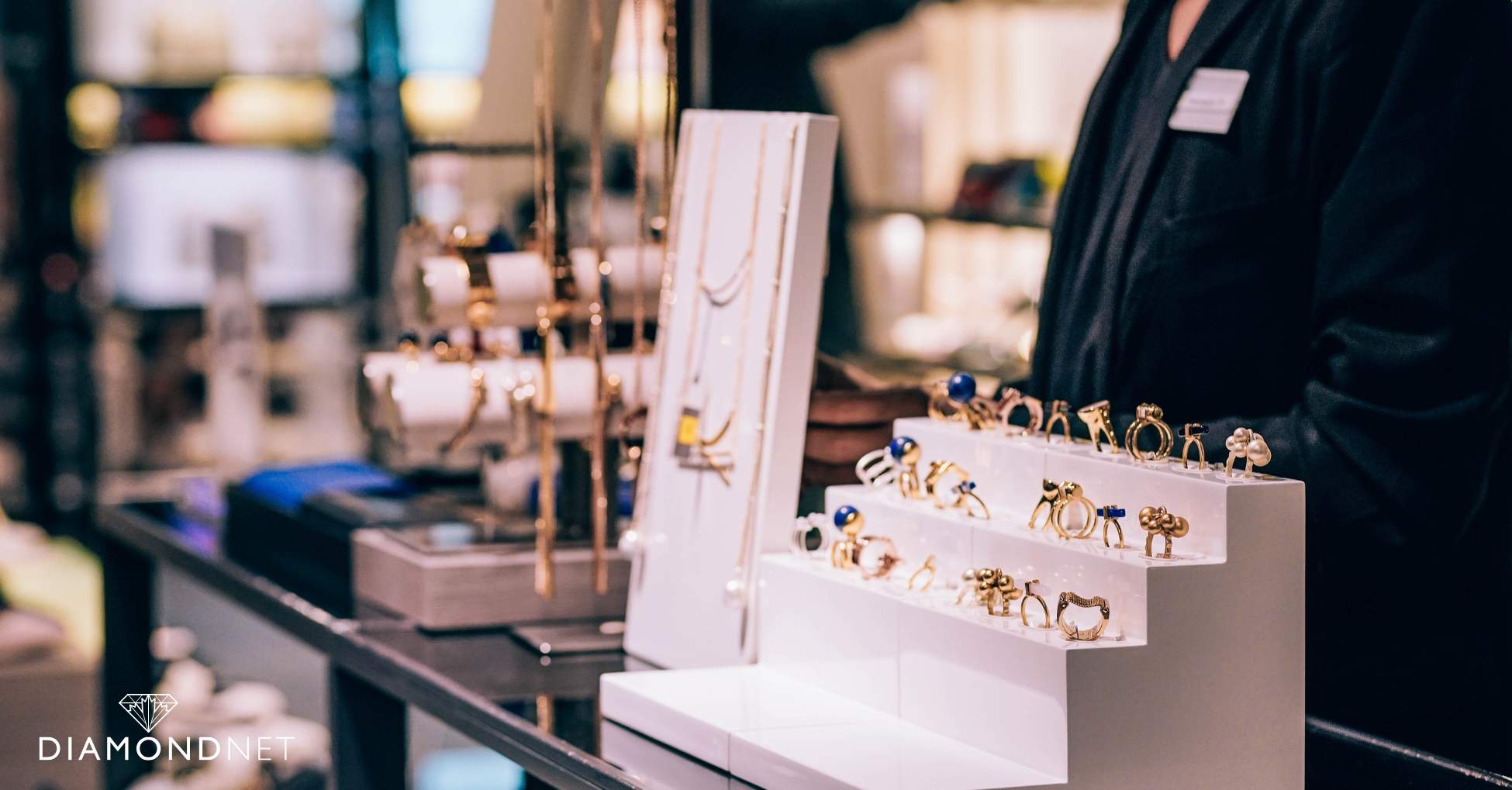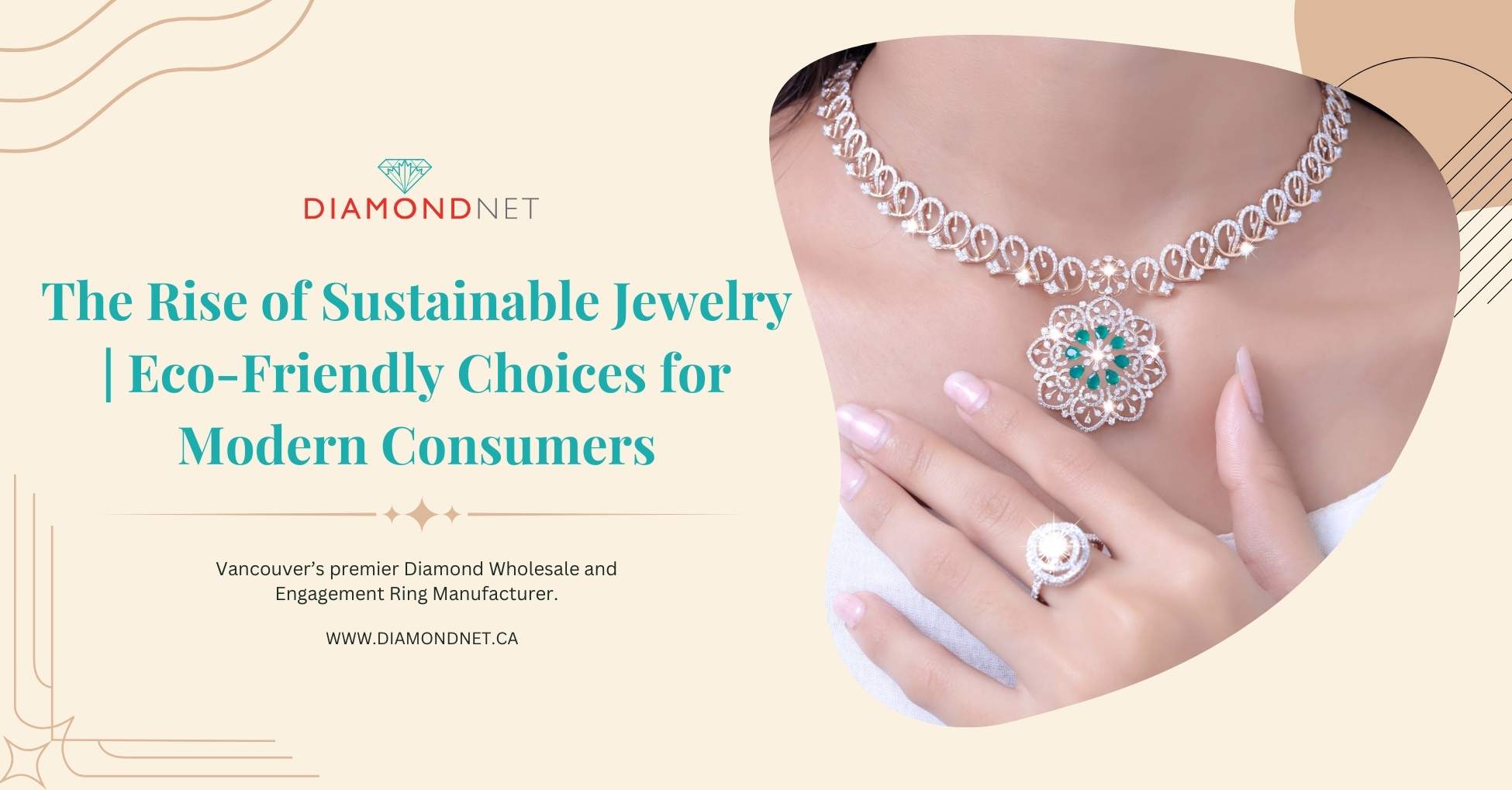In recent years, awareness of the environmental and social impact of the jewelry industry has significantly increased. With growing consumer consciousness, sustainable jewelry is gaining popularity as an ethical, eco-friendly alternative to traditional options.
In this blog, we explore sustainable jewelry and the key factors to consider when choosing eco-friendly pieces. Join us as we delve into the world of sustainable jewelry and discover how you, too, can make a difference through your purchases.
What Is Sustainable Jewelry?
Sustainable jewelry is crafted with a focus on reducing environmental impact and promoting ethical practices across the entire supply chain. This approach includes key aspects such as responsible material sourcing, eco-friendly production methods, and the social and environmental responsibilities of jewelry companies. Here’s what defines sustainable jewelry:
Ethically Sourced Materials
- Conflict-Free Diamonds: A hallmark of sustainable jewelry is the use of conflict-free diamonds, meaning they are not mined from war zones or sold to fund armed conflicts. The Kimberley Process Certification Scheme is essential in verifying diamond origins and supporting this initiative.
- Recycled Metals: Reusing gold, silver, and platinum reduces demand for newly mined metals, which are often associated with environmental harm and human rights abuses. Recycled metals retain their quality and minimize the industry’s environmental footprint.
- Fair Trade Gemstones: These gemstones are mined under fair working conditions, ensuring miners receive fair wages and work in safe environments. Fair trade practices also contribute to community development and environmental conservation.
Eco-Friendly Production
- Reduced Carbon Footprint: Sustainable jewelry brands aim to lower carbon emissions by adopting energy-efficient production methods and utilizing renewable energy sources.
- Non-Toxic Chemicals: Using non-toxic, environmentally safe chemicals in refining and manufacturing helps prevent pollution and protects surrounding ecosystems.
- Minimal Waste: Implementing zero-waste policies and recycling scraps during production further reduces the environmental impact.
Ethical Labor Practices
- Fair Wages and Safe Conditions: Sustainable jewelry brands ensure fair wages and safe working conditions throughout the supply chain.
- Community Investment: Many of these brands invest in local communities by supporting education, healthcare, and other social initiatives, improving the quality of life for workers and their families.
Transparency and Certification
- Certification and Standards: Certifications like Fairmined, Fairtrade Gold, and the Responsible Jewellery Council help consumers make informed decisions about genuinely sustainable jewelry. These certifications ensure strict ethical and environmental standards are maintained.
- Transparent Supply Chains: Sustainable jewelry companies are dedicated to transparency, often providing detailed information on material origins and production processes.

Durable and Timeless Designs
Timeless and durable jewelry designs reduce the need for frequent replacements, thereby minimizing waste. High-quality craftsmanship ensures these pieces are built to last and can be passed down through generations.
The Rise of Lab-Grown Diamonds and Gemstones
In recent years, lab-grown diamonds and gemstones have surged in popularity. Created in controlled laboratory environments using advanced technology, these stones form under the same conditions as natural gemstones.
The benefits of lab-grown diamonds and gemstones over natural stones include:
- Ethical sourcing: Lab-grown stones avoid the ethical issues associated with mining, such as worker exploitation and habitat destruction.
- Sustainability: With a significantly smaller environmental footprint, lab-grown stones don’t require resource-intensive mining processes..
- Affordability: Generally more affordable than mined stones, lab-grown options are appealing to budget-conscious buyers.
- Variety: Lab-grown stones offer a broader range of colors, shapes, and sizes compared to mined stones.
As technology advances, lab-grown diamonds and gemstones have become indistinguishable from natural ones, further boosting their popularity and acceptance in the jewelry industry.

Sustainable Alternatives in the Jewelry Industry
The jewelry industry has traditionally impacted the environment through mining practices, manufacturing processes, and the use of certain materials. However, a movement toward more sustainable and ethical jewelry options is gaining momentum.
Here are some of the sustainable alternatives emerging in the jewelry supply chain:
- Recycled Metals: Using recycled metals significantly reduces emissions from mining and smelting. Recycled gold and silver are popular choices for sustainable jewelry.
- Lab-Grown Gems: Lab-grown gems, such as diamonds, sapphires, and rubies, are created in controlled environments, eliminating the need for destructive mining.
- Renewable Energy: Switching to renewable energy sources in manufacturing can greatly reduce carbon emissions and support a cleaner environment.
- Natural Materials: Incorporating natural materials like wood, shell, and plant fibers provides sustainable and distinctive options for jewelry designs.
By choosing sustainable jewelry, consumers can positively impact the environment and promote ethical practices. As demand grows, more brands are adopting these alternatives, making it easier for consumers to find beautiful, ethical pieces.
Lab-Grown Diamond Engagement Rings: A Sustainable and Affordable Option
Lab-grown diamonds have emerged as a popular, ethical alternative to mined diamonds, especially for engagement rings. They offer the same beauty, brilliance, and durability as mined diamonds, all at a fraction of the cost.
Lab-grown diamond engagement rings are in high demand among couples seeking sustainable, ethical choices or looking for something unique.
DiamondNet provides a stunning collection of lab-grown diamond engagement rings, crafted with the same care and precision as our mined diamond pieces. Our lab-grown diamonds are ethically sourced and certified, ensuring you receive a sustainable, high-quality piece of jewelry.
FAQs
1. What is sustainable jewelry?
Sustainable jewelry refers to pieces made from eco-friendly materials and ethical practices. This includes using recycled metals, lab-grown gemstones, and responsibly sourced materials. The goal of sustainable jewelry is to minimize environmental impact and foster social responsibility.
2. What is the most sustainable metal for jewelry?
Recycled metals, like recycled gold and silver, are generally the most sustainable choices for jewelry. Other metals, such as platinum and titanium, can also be sourced sustainably.
3. How can jewelry be eco-friendly?
Eco-friendly jewelry incorporates recycled materials, lab-grown gems, ethical sourcing, natural materials, and minimal waste. Choosing sustainable jewelry positively impacts the environment and promotes ethical practices in the industry.



